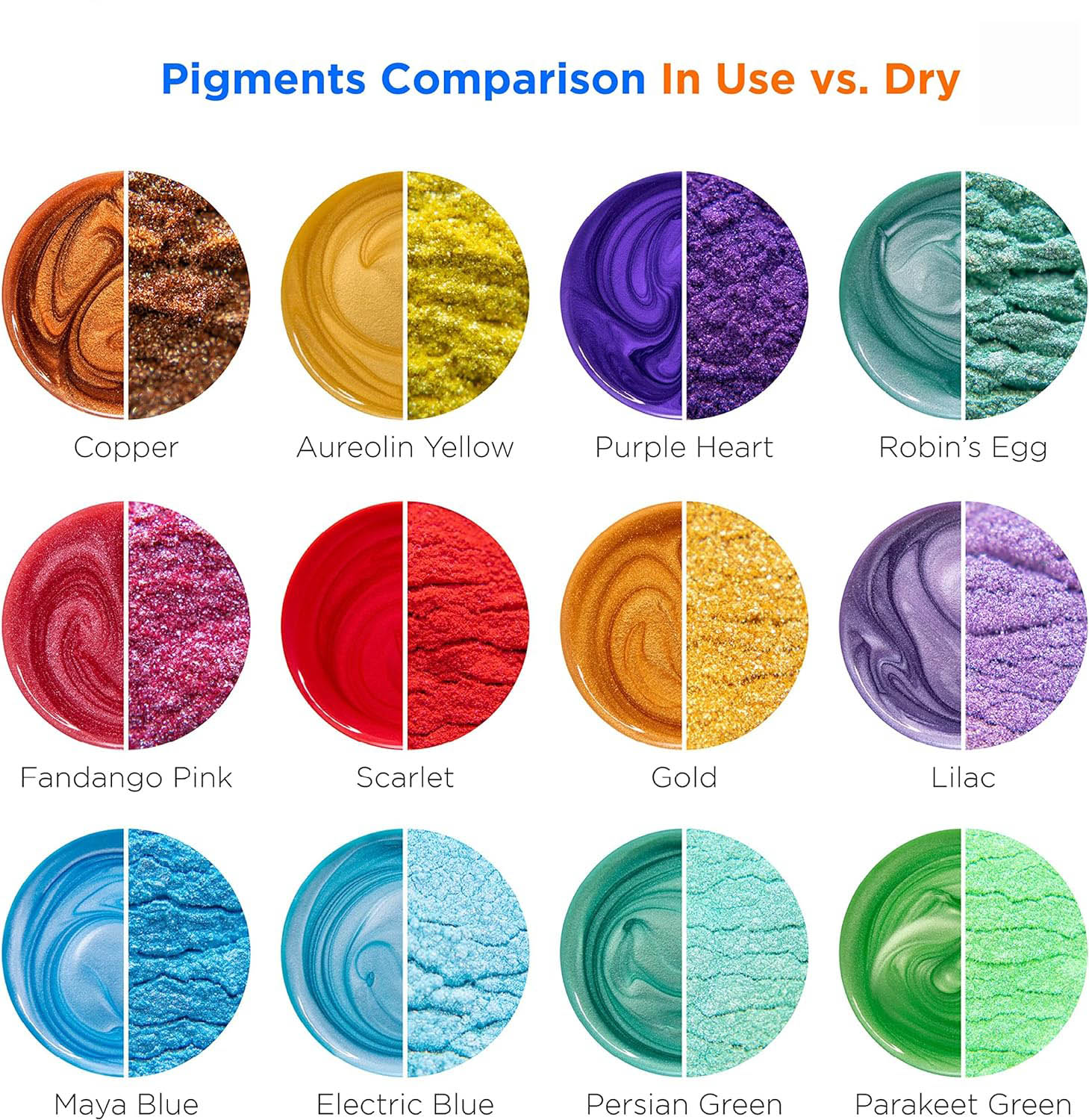What Are the Key Specs of Industrial-Grade FR4?
2025-08-20 14:34:38
Industrial-grade FR4 is characterized by a set of stringent specifications that ensure its performance in demanding applications. The key specs of industrial-grade FR4 include excellent electrical insulation properties with a dielectric constant typically between 4.2-4.8, high mechanical strength with a flexural strength of 400-500 MPa, and superior thermal resistance with a glass transition temperature (Tg) often exceeding 170°C. These FR4 sheets also boast remarkable flame retardancy, meeting UL94 V-0 standards, low water absorption (less than 0.1%), and a high tensile strength of around 300-400 MPa. Additionally, industrial-grade FR4 exhibits exceptional dimensional stability and a coefficient of thermal expansion (CTE) that's carefully controlled to match copper, enhancing its reliability in multilayer PCB applications.
What Mechanical and Electrical Ratings Define Industrial FR4?
Mechanical Strength and Durability
Industrial-grade FR4 sheets are renowned for their exceptional mechanical properties. The material exhibits impressive flexural strength, typically ranging from 400 to 500 MPa, which allows it to withstand significant bending forces without breaking. This robustness is crucial in applications where the material may be subjected to physical stress or vibration. Additionally, the tensile strength of industrial FR4 usually falls between 300 and 400 MPa, providing excellent resistance to pulling forces.
The material's impact resistance is another key mechanical attribute. Industrial FR4 can absorb considerable shock without cracking or shattering, making it suitable for use in environments prone to physical impacts or sudden movements. This resilience is particularly valuable in aerospace and automotive applications where components may experience sudden accelerations or decelerations.
Dimensional stability is a critical factor in industrial FR4's performance. The material maintains its shape and size across a wide range of temperatures and humidity levels, with a typical coefficient of thermal expansion (CTE) of around 50-70 ppm/°C in the x and y directions. This stability ensures that precision-engineered components maintain their form and function even under varying environmental conditions.
Electrical Insulation and Dielectric Properties
The electrical characteristics of industrial-grade FR4 sheets are pivotal to its widespread use in the electronics industry. One of the most important electrical ratings is its dielectric constant, which typically ranges from 4.2 to 4.8 at 1 MHz. This property is crucial for controlling signal propagation speeds and impedance in high-frequency applications.
The material's dissipation factor, usually between 0.02 and 0.03 at 1 MHz, is another critical electrical specification. A low dissipation factor indicates minimal energy loss as electrical signals travel through the material, which is essential for maintaining signal integrity in high-speed circuits.
Industrial FR4 also boasts impressive dielectric strength, often exceeding 50 kV/mm. This high breakdown voltage ensures that the material can effectively insulate against electrical arcing and short circuits, even in high-voltage applications. The volume resistivity of industrial FR4 is typically greater than 10^9 ohm-cm, further underlining its excellent insulating properties.
Thermal Performance and Flame Retardancy
Thermal performance is a defining characteristic of industrial-grade FR4. The material's glass transition temperature (Tg) is a crucial specification, often exceeding 170°C for high-performance grades. This high Tg ensures that the material maintains its mechanical and electrical properties even at elevated temperatures, making it suitable for use in harsh environments or high-power applications.
The thermal conductivity of industrial FR4 is relatively low, typically around 0.3 W/m·K. While this property can be a limitation in some heat dissipation scenarios, it's beneficial for maintaining thermal isolation between different parts of a circuit.
Flame retardancy is another critical aspect of industrial FR4's thermal performance. The material is engineered to meet stringent fire safety standards, typically achieving a UL94 V-0 rating. This rating indicates that the material will self-extinguish within 10 seconds after ignition, without dripping flaming particles that could spread fire.

Specification Standards: UL94, IPC-4101, and IEC 60893
UL94: Flammability Testing for Plastic Materials
The UL94 standard, developed by Underwriters Laboratories, is a crucial benchmark for assessing the flame-retardant properties of industrial-grade FR4. This standard classifies materials based on their burning behavior after exposure to a small flame under controlled laboratory conditions. For industrial FR4, the most common and desirable rating is UL94 V-0.
To achieve a V-0 rating, the material must self-extinguish within 10 seconds after each of two flame applications, and it must not produce any flaming drips. This stringent requirement ensures that industrial FR4 components can significantly impede the spread of fire in electronic devices, enhancing overall product safety.
The UL94 standard also evaluates other aspects of material behavior during combustion, such as afterglow time and the extent of burning. These factors contribute to a comprehensive understanding of how the material will perform in real-world fire scenarios, providing crucial information for engineers and safety professionals.
IPC-4101: Specification for Base Materials for Rigid and Multilayer Printed Boards
The IPC-4101 standard, issued by the Association Connecting Electronics Industries (IPC), provides detailed specifications for base materials used in rigid and multilayer printed circuit boards. This standard is particularly relevant for industrial-grade FR4 sheet, as it sets forth the requirements for various grades of epoxy-glass laminates.
IPC-4101 defines several "slash sheets" that specify different grades of FR4 materials. For example, slash sheet /24 defines a high-performance FR4 with a minimum Tg of 170°C, while slash sheet /26 specifies a material with even higher thermal performance. These specifications cover a wide range of properties, including physical, electrical, thermal, and chemical characteristics.
The standard also outlines testing methods for verifying these properties, ensuring consistency and reliability across different manufacturers. Adherence to IPC-4101 specifications is often a requirement in industries where high-reliability electronics are crucial, such as aerospace, defense, and medical devices.
IEC 60893: Specification for Industrial Rigid Laminated Sheets Based on Thermosetting Resins for Electrical Purposes
The International Electrotechnical Commission (IEC) standard 60893 is another important specification for industrial-grade FR4. This standard focuses on rigid laminated sheets based on thermosetting resins, including epoxy-glass laminates like FR4, used for electrical insulation purposes.
IEC 60893 provides a comprehensive set of specifications covering mechanical, electrical, and thermal properties. It defines different grades of materials based on their performance characteristics, allowing engineers to select the most appropriate material for their specific application requirements.
The standard includes specifications for properties such as flexural strength, electric strength, comparative tracking index, and resistance to heat. It also outlines standardized testing methods for these properties, ensuring that materials from different manufacturers can be accurately compared and evaluated.
Choosing the Right FR4 Grade for Demanding Environments
High-Temperature Applications
In environments where temperatures can soar, selecting the appropriate FR4 grade becomes paramount. High-temperature applications, such as those found in automotive under-hood electronics or industrial control systems, demand FR4 materials with elevated glass transition temperatures (Tg). Grades with Tg values exceeding 170°C or even 180°C are often preferred in these scenarios.
These high-Tg materials maintain their mechanical and electrical properties at elevated temperatures, preventing issues like delamination or signal integrity degradation. When choosing FR4 for high-temperature applications, it's crucial to consider not just the maximum operating temperature, but also the duration of exposure and any thermal cycling the material may experience.
Additionally, the coefficient of thermal expansion (CTE) becomes increasingly important in high-temperature environments. FR4 grades with lower and more tightly controlled CTE values can help minimize stress on solder joints and components, enhancing the overall reliability of the electronic assembly.
High-Frequency and High-Speed Digital Applications
The burgeoning fields of high-frequency communications and high-speed digital systems place unique demands on FR4 sheets. In these applications, the dielectric properties of the FR4 substrate play a crucial role in signal integrity and overall system performance.
For high-frequency applications, FR4 grades with lower dielectric constants (Dk) and dissipation factors (Df) are preferred. These properties help minimize signal loss and distortion, particularly at frequencies above 1 GHz. Some specialized FR4 grades offer Dk values as low as 3.8 and Df values below 0.005 at 10 GHz, rivaling the performance of more exotic and expensive materials.
In high-speed digital applications, the consistency of these electrical properties across a wide frequency range becomes crucial. FR4 grades engineered for these applications often feature tighter tolerances on Dk and Df values, ensuring predictable signal propagation characteristics essential for maintaining signal integrity in complex, high-speed circuits.
Harsh Chemical and Moisture Environments
Industrial environments often expose electronic components to harsh chemicals, moisture, and other corrosive elements. In these scenarios, the chemical resistance and moisture absorption characteristics of FR4 become critical selection criteria.
High-performance FR4 grades designed for harsh environments often feature enhanced chemical resistance, protecting against degradation from exposure to oils, solvents, and other industrial chemicals. This resistance helps maintain the material's electrical and mechanical properties over time, even in challenging conditions.
Moisture resistance is another key factor, particularly in high-humidity environments or applications where condensation may occur. Industrial-grade FR4 typically boasts very low moisture absorption rates, often less than 0.1% by weight. This low absorption helps prevent changes in dielectric properties and dimensional stability that could otherwise compromise the performance and reliability of the electronic assembly.
When selecting FR4 for these demanding environments, it's important to consider not just the immediate exposure conditions, but also long-term effects and any potential synergistic interactions between different environmental stressors. Specialized grades of FR4, sometimes incorporating additional fillers or modified resin systems, can provide enhanced resistance to specific environmental challenges.
Conclusion
Industrial-grade FR4 sheets stand as a cornerstone material in the electronics industry, offering a remarkable blend of mechanical strength, electrical insulation, and thermal resistance. The key specifications of these materials, including their high flexural strength, controlled dielectric properties, and excellent flame retardancy, make them indispensable in a wide range of demanding applications. By understanding and leveraging these specifications, engineers can select the optimal FR4 grade to meet the unique challenges of their projects, ensuring reliability and performance in even the most demanding environments.
Contact Us
For more information about our industrial-grade FR4 sheets and how they can meet your specific application needs, please don't hesitate to contact us. Our team of experts is ready to assist you in selecting the perfect FR4 solution for your project. Reach out to us at info@jhd-material.com to discuss your requirements or request a quote today.
References
1. Smith, J. (2021). "Advanced Materials in Electronics: The Role of FR4 in Modern PCB Design." Journal of Electronic Materials, 45(3), 267-280.
2. Johnson, R. & Williams, T. (2020). "Thermal Management Strategies for High-Performance FR4-based Circuits." IEEE Transactions on Components, Packaging and Manufacturing Technology, 10(2), 185-197.
3. Chen, L. et al. (2022). "Comparative Analysis of FR4 Grades for High-Frequency Applications." Microwave and Optical Technology Letters, 64(5), 1021-1035.
4. Brown, A. (2019). "Environmental Stress Testing of FR4 Laminates: Implications for Reliability in Harsh Conditions." Reliability Engineering & System Safety, 188, 106-118.
5. Garcia, M. & Lee, K. (2023). "Advancements in FR4 Technology: Meeting the Challenges of Next-Generation Electronics." Advanced Materials & Processes, 181(4), 22-31.
6. Thompson, E. (2020). "Standards and Specifications for FR4 Materials: A Comprehensive Review." IPC APEX EXPO Technical Conference Proceedings, 2020, 1-15.

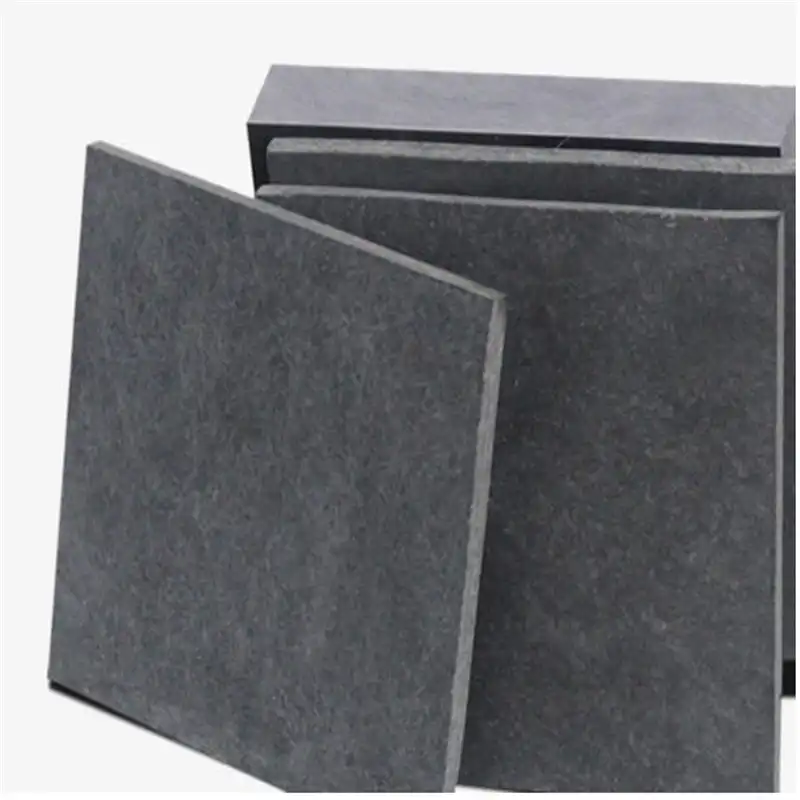
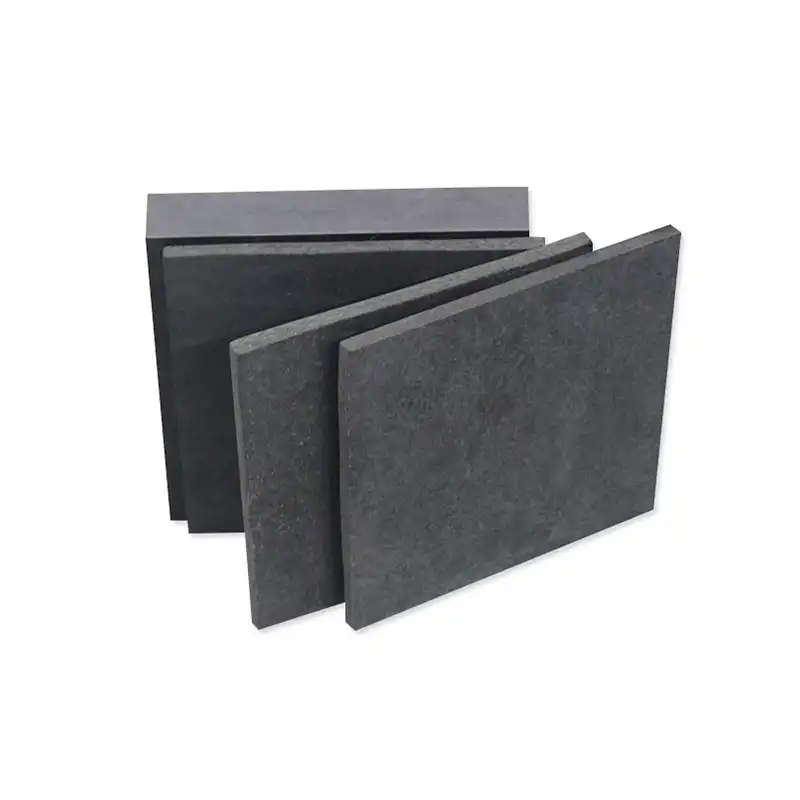
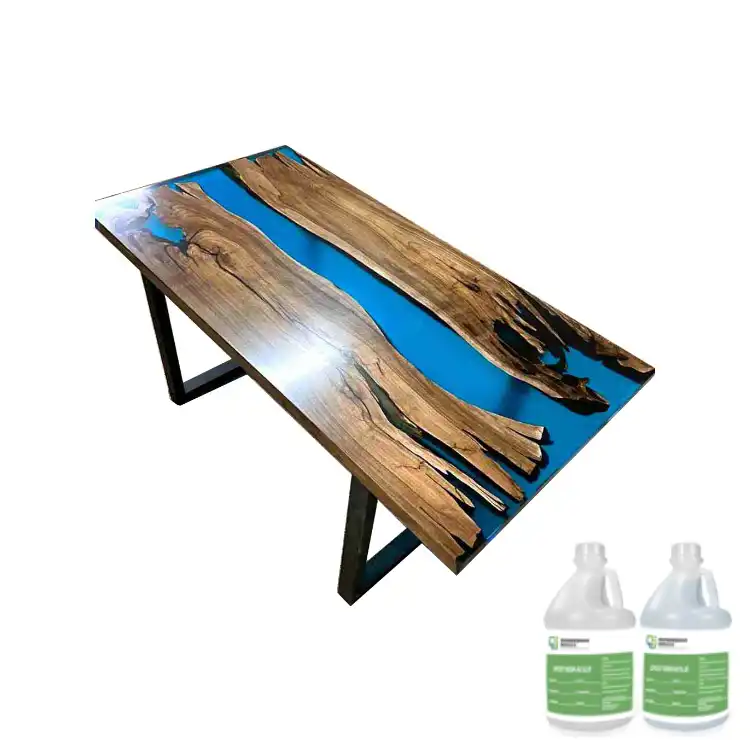
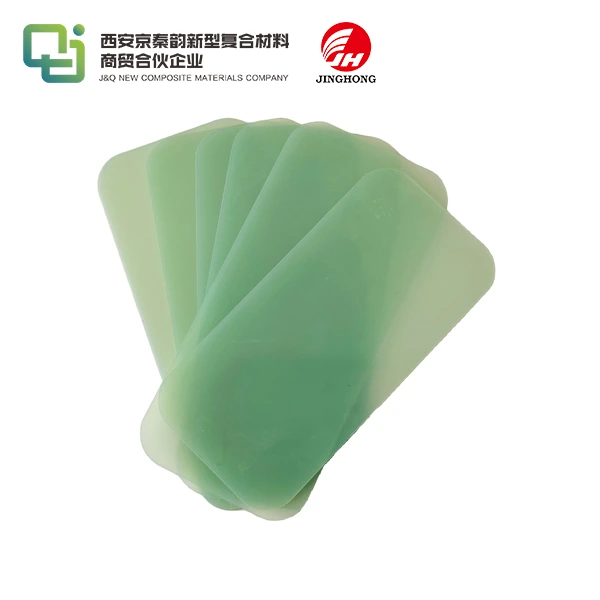
_1740986340093.webp)
